![]()
![]()
![]()
Use LEFT and RIGHT arrow keys to navigate between flashcards;
Use UP and DOWN arrow keys to flip the card;
H to show hint;
A reads text to speech;
8 Cards in this Set
- Front
- Back

|
The central processingunit (CPU), also called a processor, is located inside the computercase on the motherboard. It is sometimes called the brain of the computer,and its job is to carry out commands. The CPU isgenerally a two-inch ceramic square with a siliconchip located inside. The chip is usually about the size of a thumbnail.The CPU fits into the motherboard's CPU socket, which is covered bythe heat sink, an object that absorbs heat from the CPU. |
|

|
The motherboard is the computer's main circuit board. It's a thin plate that holds the CPU, memory, connectors for the hard drive and optical drives, expansion cards to control the video and audio, and connections to your computer's ports (such as USB ports). The motherboard connects directly or indirectly to every part of the computer. |
|
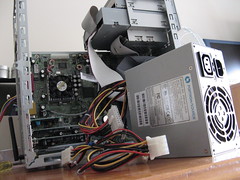
|
The power supply unit in a computer converts the power from the wall outlet to the type of power needed by the computer. It sends power through cables to the motherboard and other components. |
|
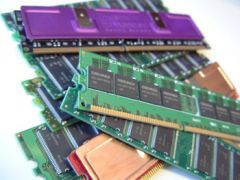
|
RAM is your system's short-term memory. Whenever your computer performs calculations, it temporarily stores the data in the RAM until it is needed.This short-term memory disappears when the computer is turned off. |
|
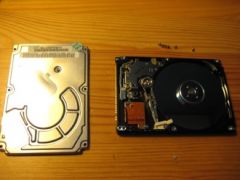
|
The hard drive on your computer is where the software is installed, and it's also where your documents and other files are stored. The hard drive is long-term storage, which means the data is still saved even if you turn the computer off or unplug it.When you run a program or open a file, the computer copies some of the data from the hard drive onto the RAM. When you save a file, the data is copied back to the hard drive. The faster the hard drive is, the faster your computer can start up and load programs.
|
|
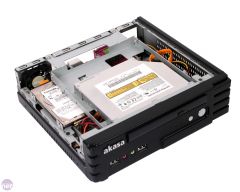
|
An Optical Drive, more commonly known as a CD or DVD drive, is what you'll use to read CD's, DVDs and even Blu-Ray discs. |
|
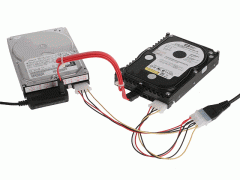
|
SATA, abbreviated from Serial AT Attachment is a single cable that connects motherboard to hard drive or optical drive. Allowing commands to be sent from motherboard to the drive |
|
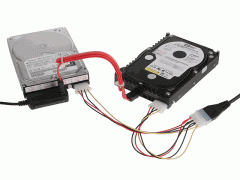
|
Power Cable a flat connector made up of multiple wires and a two-piece pin and socket interconnection. Supplies and moves power to various hardware. |

